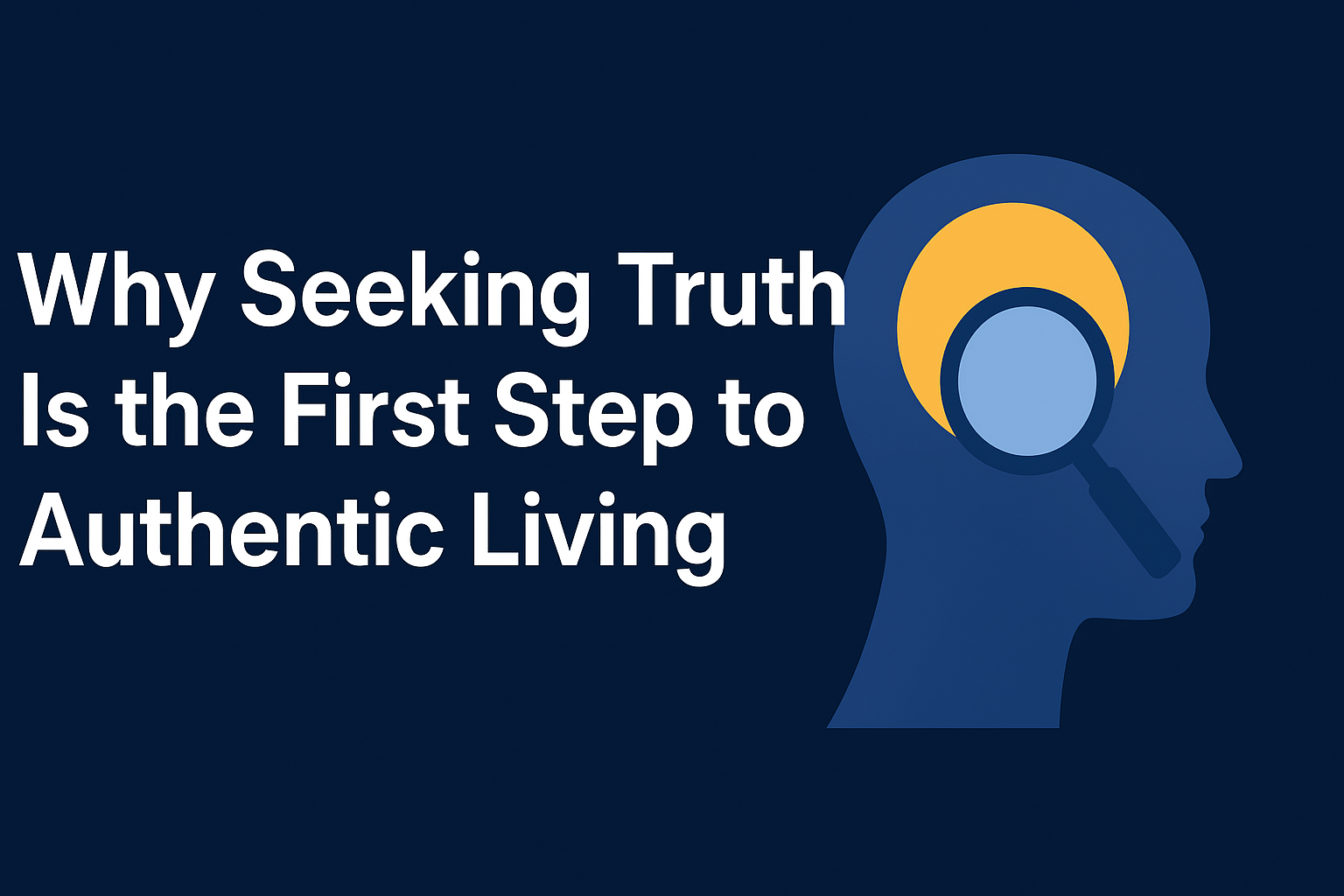Introduction: Rethinking Leadership
If you’ve ever been in a leadership role—whether running a company, leading a project, or even managing a household—you’ve probably felt the weight of responsibility. But here’s the thing: leadership isn’t just about calling the shots or inspiring the troops. The most effective leaders share one surprising trait — they practice stewardship.
When I first heard the term stewardship applied to leadership, I thought it sounded more like something from a church sermon than a business strategy. But over time, I realized it’s the very foundation of long-term influence, trust, and impact. It’s the shift from thinking “What can I get from this role?” to “How can I take care of what’s been entrusted to me?”
What is Stewardship in Leadership?
In its simplest form, stewardship is about managing something that isn’t truly yours, but has been entrusted to your care—whether that’s people, resources, or a mission.
In leadership, that means:
- You don’t own your team; you serve them.
- You don’t control resources for your benefit; you protect and grow them.
- You don’t cling to a position; you prepare it for whoever comes next.
Think of it as being a caretaker of something valuable, like a gardener tending a community garden. You’re not just there to harvest; you’re there to nurture, protect, and ensure it thrives for others.
The Stewardship Mindset
Leaders with a stewardship mindset operate from a completely different playbook. They value:
- Trust over fear
- Service over ego
- Sustainability over short-term wins
I once worked under a CEO who practiced this in every decision. Every major decision started with two questions:
- “Is this good for our people long-term?”
- “Will this still hold value five years from now?”
Because of that approach, turnover was low, loyalty was sky-high, and we weathered downturns far better than competitors.
Why Stewardship Creates More Effective Leaders
Builds Trust and Loyalty
When people know you’re looking out for their best interests—not just your own—they’ll follow you through challenges without hesitation. According to Gallup research, trust is one of the most critical factors in employee engagement, and stewardship directly fosters that trust by prioritizing people over politics.
Encourages Long-Term Thinking
Too many leaders chase quarterly results at the expense of sustainable success. Steward leaders think in decades, not just months. For example, Patagonia’s leadership famously reinvests in environmental sustainability, even when it costs them in the short run, because they see themselves as stewards of the planet as well as the brand.
Empowers Teams
A leader practicing stewardship focuses on making their people successful, not just themselves. This empowerment leads to more innovation, creativity, and resilience. In my own career, the best leaders I’ve had gave me room to try, fail, and try again—because they saw their role as developing me, not controlling me.
The Role of Humility in Stewardship
Humility might be the most underrated leadership skill. Stewardship is grounded in the idea that leadership is a responsibility, not a privilege. You’re not the star of the show—you’re the director making sure the cast shines.
Jim Collins, in his book Good to Great, calls these “Level 5 Leaders”—those who combine fierce resolve with deep personal humility. They’re not loud about their power, but they’re undeniable in their impact.
How to Become a Steward Leader
Shift from “What Do I Get?” to “What Do I Give?”
Ask yourself:
- How can I leave this role better than I found it?
- Who am I developing for the next stage?
- What resources can I protect or grow for the future?
Stewardship in Action
- Mentoring younger professionals — Investing in others’ growth is a direct act of stewardship.
- Protecting resources — Treat company money, time, and reputation as if they were your own.
- Transparent communication — leaders don’t hoard information; they share it to help others succeed.
Self-Stewardship
You can’t pour from an empty cup. Steward leaders also take care of their own growth, health, and mindset so they can lead at their best. That might mean setting boundaries, continuing education, or making time for rest.
Common Misconceptions About Stewardship
- “It’s too soft for business.” Wrong. Steward leaders still make hard decisions—they just make them with long-term health in mind.
- “It slows down decision-making.” Also wrong. While stewardship involves careful thinking, it often speeds up execution because teams trust and align faster.
- “It’s only for nonprofits or faith-based work.” Not true—companies like Southwest Airlines and Costco thrive because they practice stewardship.
The Ripple Effect of Steward Leadership
A single leader with a stewardship mindset can change an entire organization’s culture. When you consistently serve, protect, and grow what’s entrusted to you, that mindset spreads. Teams become more collaborative, resources are used more wisely, and success becomes sustainable rather than fragile.
And here’s the kicker — it’s not just good ethics; it’s good business. Research from the Corporate Executive Board found that employees who believe their leaders have high integrity are 3 times more likely to be engaged and stick with them through thick and thin.
Conclusion: The Leader as Steward
At the end of the day, stewardship is leadership at its highest level. It’s about leaving things better than you found them—people, organizations, finances, and even the world around you. When you lead as a steward, you create not just followers but future leaders who carry that same responsibility forward.
If you want to step into your full leadership potential, don’t just ask, “How can I lead?” Ask, “How can I steward?” That’s where the real magic happens.
References:
- Gallup (2019). State of the American Workplace Report.
- Collins, Jim. Good to Great. HarperBusiness, 2001.
- Corporate Executive Board (CEB) Research on Leadership Integrity and Engagement.





